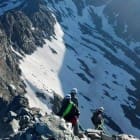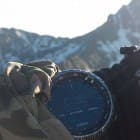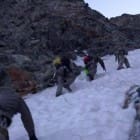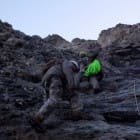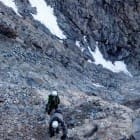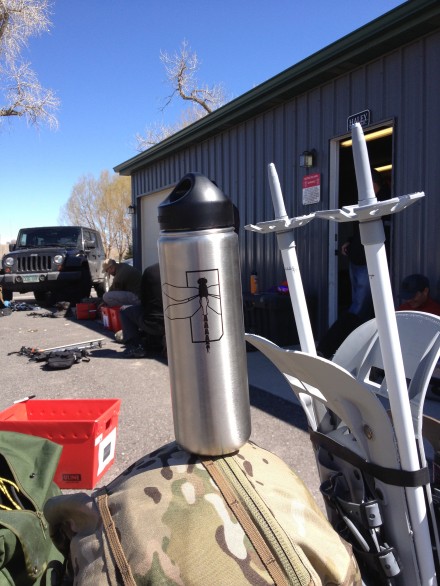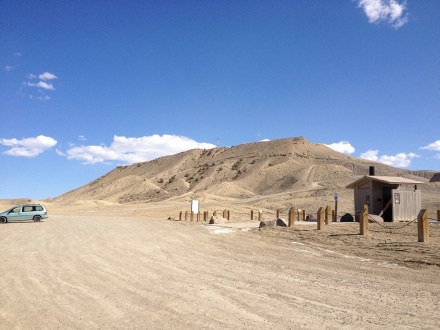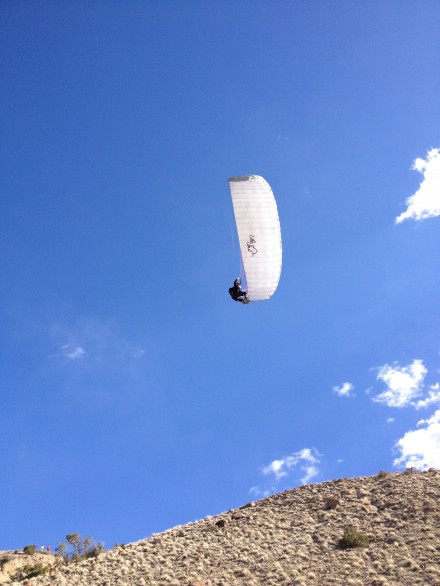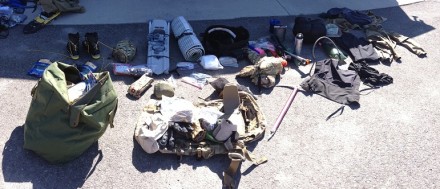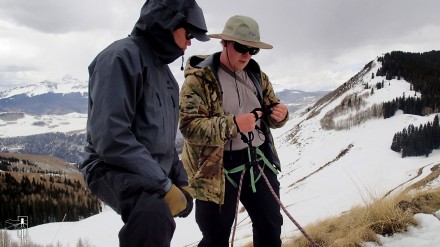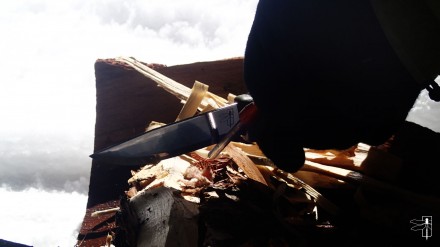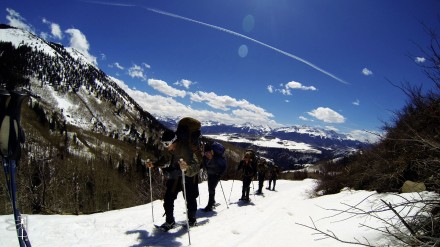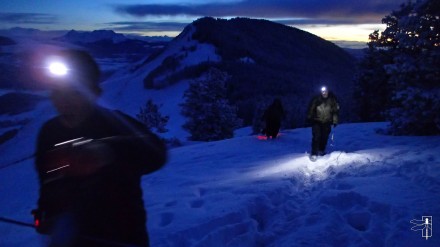Tactical Fanboy attended the Haley Strategic Partners Winter Problem Solver course in Telluride, Colorado from March 31st through April 4th. This was his first time attending a mountaineering/survival course and this AAR is in his voice. You can read about the equipment he used here and TD1 here.

At the start of TD2, we met up at HSP headquarters, did an equipment weigh-in, then loaded up our packs and took a 1-1/2 hour drive towards the staging area. After being assigned to our teams (I was assigned to Team 1) and undergoing a team exercise, a map folding competition for speed, we headed towards the campsite. Early on in the march towards camp we underwent a simulated rescue mission, looking for victims [beacons] trapped under the snow. Team 1 headed downhill and managed to find two beacons, wading through thigh-deep snow in the process; Team 2 took the high ground and also found two beacons. Afterwards, we discussed the exercise and continued our march towards base camp.
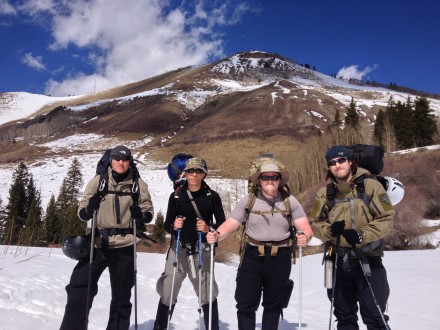
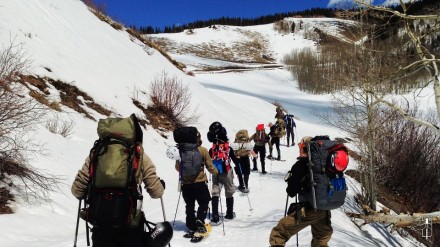
One fairly challenging march later, featuring a modest incline, switchbacks, and requiring the use of our showshoes, we made it to the campsite. It was a wooded area featuring a hut, outhouse, and trash/recyclables area. The hut was home base for the majority of the class. It featured a stove and 8 sleeping mats, and functioned as a (mostly) dry place to eat or undertake a bit of classroom instruction. Our packs, and by extension most of our gear, was stored outside most of the time, hung on a rack.
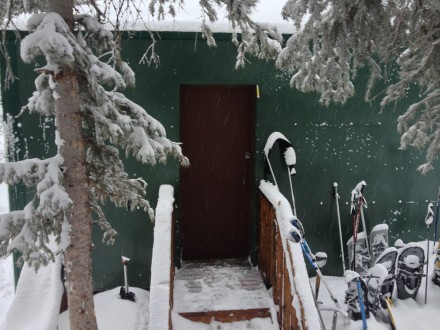
Throughout TD2 through TD4, we practiced a variety of survival and mountaineering skills:
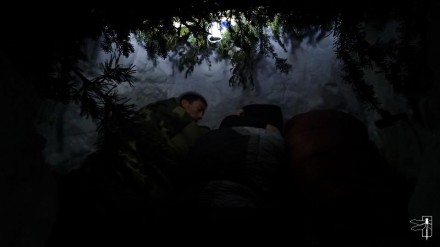
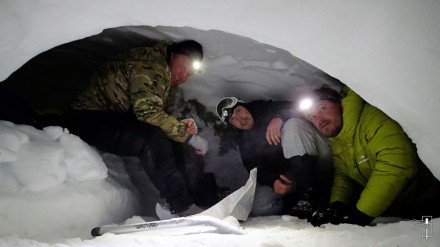
Shelter building was a primary focus. We built two shelters during our time at the campground; every attendee was required to sleep at least one night outside (I slept two). Team 1 completed two separate hybrid snow trenches/caves, while Team 2 completed two separate snow caves, the latter of which was large enough for at least six people, eight if space wasn’t a concern.
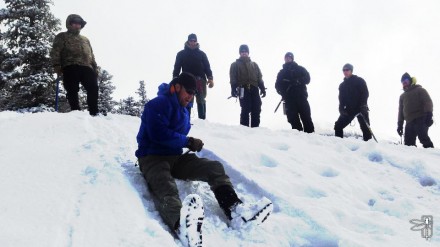
We practiced techniques for efficiently traversing up and down a slope. These techniques included different foot positions and use of our ice axes as another point of contact and for self arrest in case of a fall. We also practiced glissading.
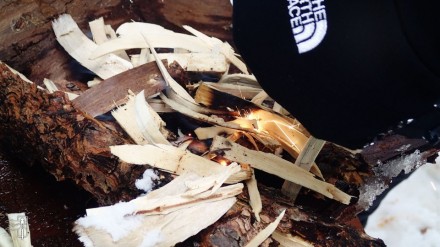
We did a brief class on fire building. Afterwards, we were tasked with building a fire of our own. We separated into our teams and had to built a fire using a striker, a bit of a starting material, and whatever we could gather from the environment.
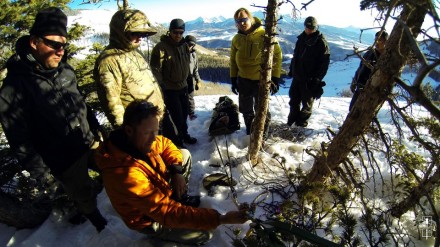
We practiced rope work as well. Aside from a few important knots, including the double fisherman’s knot, multiple forms of situational figure eights, and the munter mule, we also worked on rappelling and ascending on a rope, and the use of a pulley system, primarily for pulling up a rescue litter.
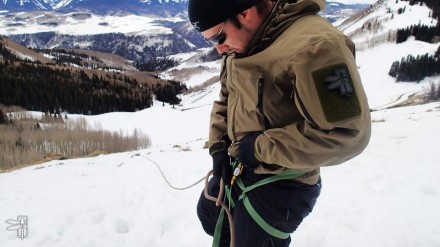
Other skills we worked on included navigation, methods on how to transport an injured person, and additional rescue work in the form of hunting for buried beacons.
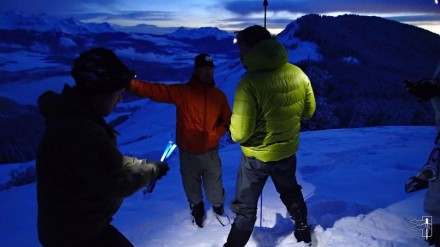
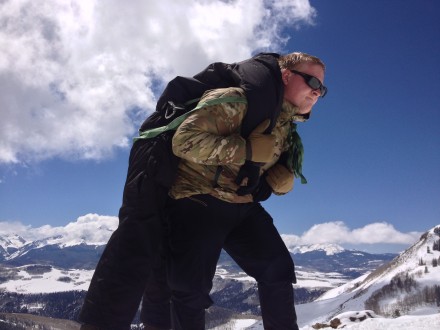
At the start of TD5, we rose just before sunrise and cleaned up camp. We then geared up and started to descend from the camp grounds. Shortly after our return started, Travis announced a helicopter was coming to pick us up. We prepped our gear and went in two chalks; a third trip was made to transport our gear. It was my first time ever riding in a helicopter and it was an exhilarating experience.
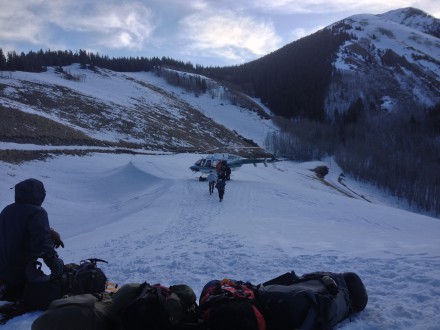
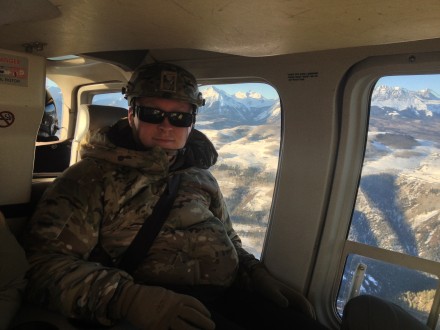
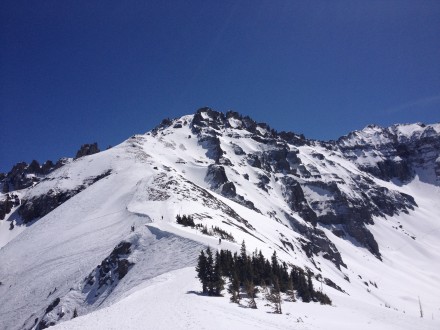
We were dropped off at Telluride ski resort before the general public arrived so we could undertake our final challenge for the class, reaching the 13,230ft Palmyra peak. This involved traversing the increasingly steep ridge using minimal equipment. Thankfully, one of the ski resort SAR personnel was willing to make the climb first, placing footholds for the rest of us to use. Although that did take away some of the difficulty, it was still a challenging endeavor.
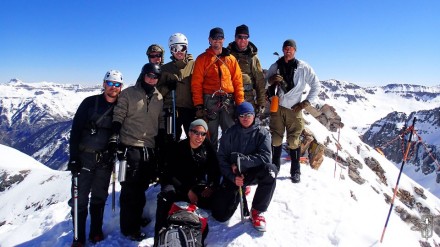
When we reached the peak, we enjoyed a “special treat”, took some photos, and began our descent, retracing our path up. It was a bit faster going down, but also required using some of the descent techniques we practiced earlier in the week. As we returned, the skiers started to flock in. More than a few were grateful that there was already footholds available thanks to our ascent. It was a fantastic end to the class proper, and of course we took the obligatory final class photo:
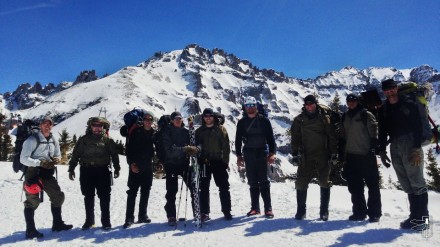
With this, the class was all but over. We descended into Telluride using the fantastic gondola system, where we enjoyed a great meal at a restaurant called ‘Oak…The new Fat Alley’. We then said our thanks and goodbyes to our two resident SAR personnel, and made the long drive back to HSP headquarters where we gave back our issued equipment, received our certificates of completion, and reflected on the class.
Final note: The Winter Problem Solver course offers a wealth of information regarding survival in a winter environment and mountaineering in general. However, due to the relatively short duration of the course in conjunction with the volume of information, it shouldn’t be considered a definitive source of skills for either of these topics; rather, it should be treated as more of an introduction. Additionally, this particular Winter Problem Solver was a “beta course” in that it was the very first run of the course. I can all but guarantee the course will become further refined and may even change in content as further courses are planned and run.





